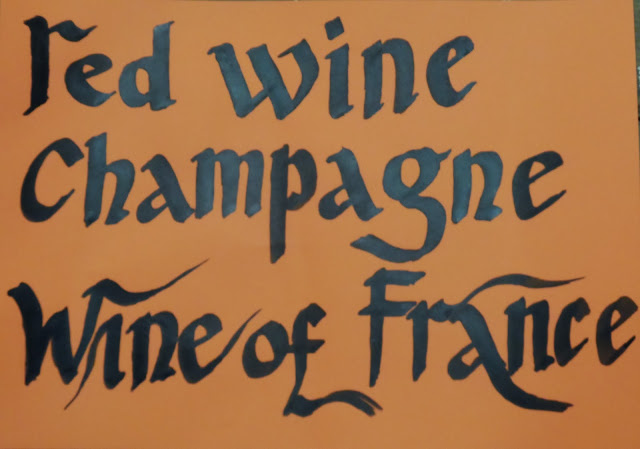I started to then think of some names and colours that I wanted to use in my brand. I came up with Colourful Foods, Caribbean Taste, Creole Culture and Creole Cuisine. For a large portion of the project I stuck with Colourful Foods because I believed it suited the vibrant nature of the food itself as well as the national flags of where the food comes from. However, I changed my brand name several times throughout the project just through a lack of direction and feedback from tutors which influenced my decisions.


Following this I moved on to my own branding and experimented a bit more with the handmade fonts on Illustrator using 'Creole Cuisine' as the title. To do this I used the shape draw tool Illustrator which makes a shape out of what you draw therefore its easier to colour and outline shapes. I choose to follow the upper and lower case combination with various letters mixed up for example, cReoLE CUisINe. I then tried applying the logo to various coloured t-shirts to see how it worked. After the project in the crit session I was told that this design worked the best because it appeared natural and handmade. I think in the future I will use this technique more because I find its more rewarding than using existing fonts and its much more personal as its crafted by the user.
After getting some feedback during the project from my tutors, I thought that the title 'Creole cuisine' was maybe too vague and also after the visit to Whitecross street food market I discovered most stands only sold one signature dish rather than a collection of dishes which was what I was intending to do. This is purely because its more practical. Therefore I selected one dish that is most commonly associated with Creole foods which is a dish called 'Jambalaya'. Similar to a spanish paella this can be cooked on a large scale in one big pan suitable for a street market. Consequently, I re-thought my brand name and called it 'Jambalaya'. I then began to research the dish and find some fonts that best portray the dish and the culture.
Once I had found a typeface that I liked and which fitted the brand identity, we had to make an A2 poster/sheet that was effectively an at-a-glance guide to our brand. I made this below on Illustrator highlighting colour ways with CMYK values, application of the brand onto t-shirts etc, some background information and a few images. We also had to create our brand guidelines including typefaces used, how to apply the brand and kerning values. This I have not completed as yet. Overall, I thought this was a successful project but also the most challenging project I have done yet because of the quantity of work needed to create a brand. Naively, I thought that a brand was maybe just a logo with some other elements but in reality, a brand is a lot more and it takes thorough planning and research to create a successful appearance. I like the appearance of my own brand however there could be room for improvement and revisiting of previous designs as my crit group preferred some of my earlier logo designs. I was also impressed by the work of my peers. In conclusion, it was a meaty project with a lot to get into and retrospectively, I could have done with an extra week.
Images - Author's Own 06/12/13
















































